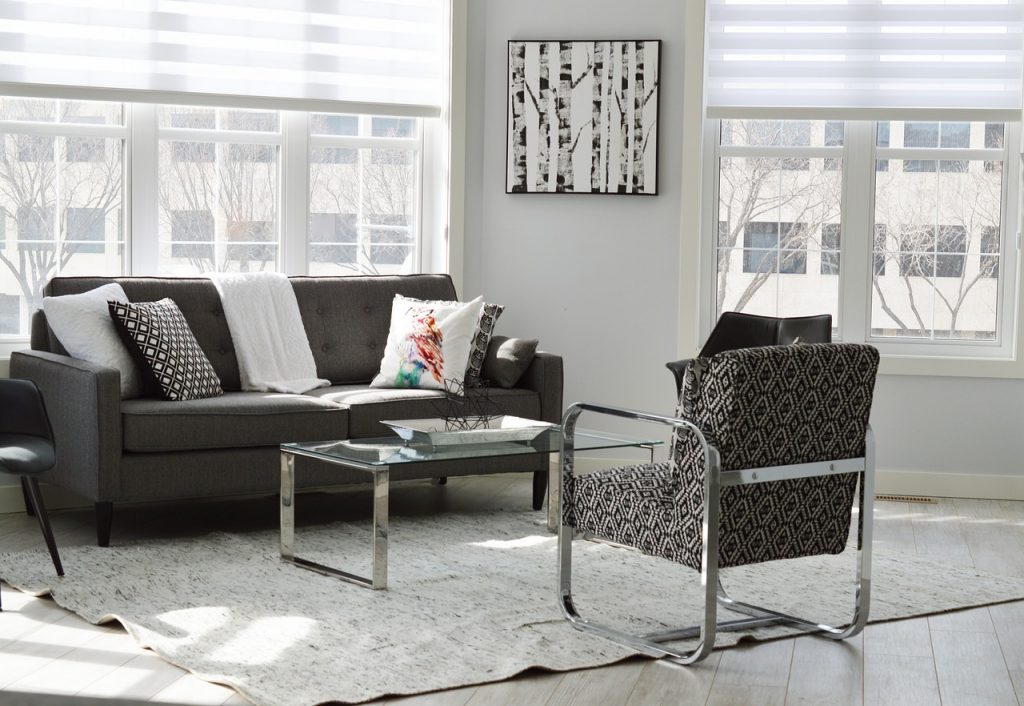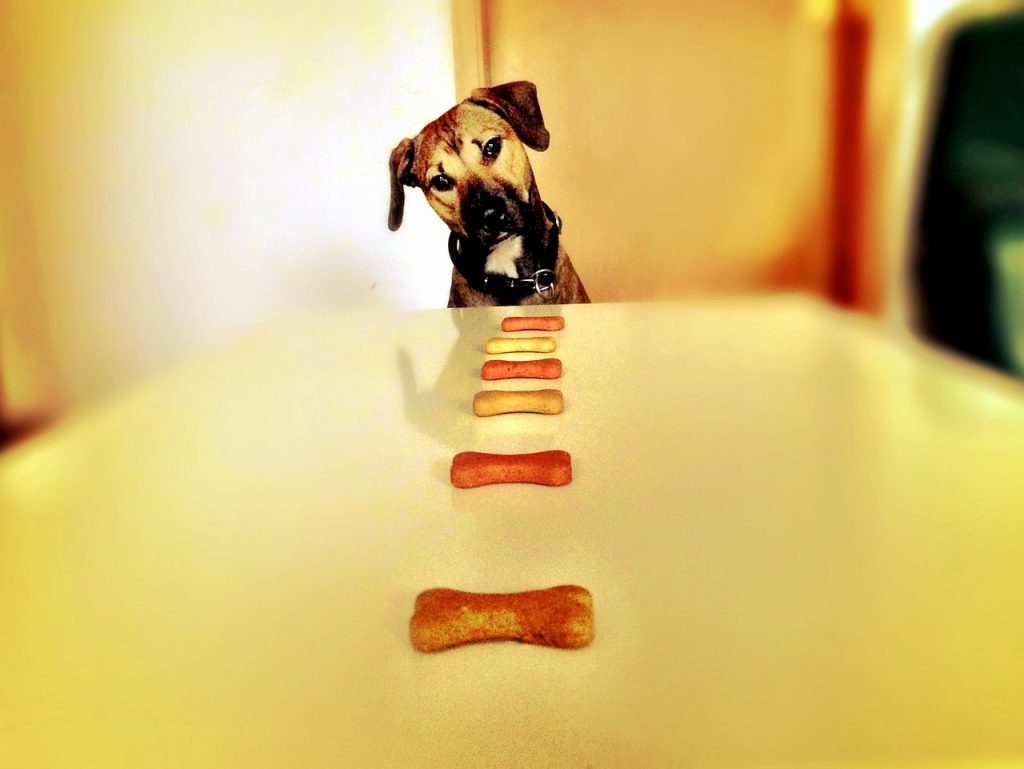How do you potty train a puppy that is rescued? Maybe your puppy lived outside for a long time and didn’t learn how to potty train. Accidents do happen but your puppy with a little training can learn how to be house trained.
Table of Contents
Signs your puppy needs to eliminate
There are many signs that a puppy needs to go out and eliminate such as whining, circling, barking, sniffing, and scratching on the door. These are signs that they need to go. So if they do any of these signs, you got to take them out.
Tips for potty training your puppy
- Keep your puppy on a regular feeding schedule and take away their food in between meals.
- Take your puppy out to relieve themselves when they wake up in the morning and then once every 30 minutes to an hour. Always do so after your puppy eats, sleeps, or exercises.
- Take your puppy to the same spot that they go too when wanting to go to the bathroom so they know which spot to go too.
- When they are learning how to be potty, make sure that you stay with them until they learn.
- When your puppy eliminates, praise them or give them a treat so they become conditioned to do so every time.
Assess your puppies ability to hold it in
Do an assessment of how well your puppy can control their bladder and bowels when they are not in a crate. By doing so, you learn how often does your puppy need to go
to the bathroom. Assess when does your puppy soil their place. Is it when you are at work that your puppy relieves themselves because a long time has passed or is it when your puppy is asleep for a period of time.
Depending on their age, the puppy has the ability to either hold it or not. For example, two months puppy could go 2 hours accident free while a 4 month puppy can go about 4 months accident free.
Set a schedule

Do not overfeed puppies. Overfeeding puppies and dogs will make them overweight. It will lead them to eliminate a lot of waste.
So feed your puppies three or more feeding a day depending on how hungry they are but don’t over feed. A common feeding schedule is at 7 am, noon, and 5 PM. It is
advised that the last time is at 5 PM so puppies can eliminate one last time before going to sleep.
If you find that your puppy is leaving a pile, chances are that you are feeding them late at night.
Also refrain from extra treats and foods that you give to your puppy in between meals.
Offer water at scheduled times
Training a puppy to house train takes patience and effort especially one that isn’t used to potty training since they have been living in the streets. So the next step is
to offer water but at scheduled times. Make sure you offer water every 1 1/2 to 2 hours.
Make sure to take your puppy after the water is consumed so they can relieve themselves.
Select an area
Select an area in which your puppy is going to learn where to potty. This area must be consistent so your puppy knows which areas they are supposed to relieve themselves in.
Crate training
Crate training reinforces house training. Because dogs and puppies are den living animals, a crate can become a substitute for a den. Most puppies and dogs will not
eliminate where they sleep. It is important to get a crate that is large enough that a dog or puppy can stand up in and can turn around. If it is larger than that, a puppy or dog can relieve themselves in part of it and sleep on the other part.
Introduce your puppy slowly to the house

When you are beginning to house train your puppy, you got to let them have access to one room only so you can monitor their behavior and know when they need to go.
When a dog has an accident, don’t shout at them rather you’ve got to take them outside where they can go relieve themselves.
During the first stages of potty training, you’ve got to look at signs your puppy needs to go to the bathroom such as sniffing, whining, circling, and pacing.
Once your puppy has learned how to control themselves for a set period of time, you can introduce them to other parts of the house. But you must monitor and supervise to know when they need to go to the bathroom.
Provide your puppy with positive reinforcement

Provide your puppy with positive reinforcement through giving them treats and praise when they do successfully go to the bathroom in the specified area.
You can also let your puppy learn how to how to potty on command by telling them a cue like ” Go Potty”. To achieve this, go to your yard and wait until your dog is comfortable enough and say the word “Go potty”.
Treating accidents
Accidents will happen. When they do happen, you got to use a cleaner to clean the area. You’ve got to clean the area so that your puppy won’t go to the same area and relieve themselves.
These areas may be crate or any bedding that a puppy lies in.
Don’ts to not do when potty training your puppy
- Never punish your puppy when an accident occurs. Punishment makes your puppy feel afraid and less likely to understand what to do.
- Never use correction techniques on an accident that you didn’t see.
Conclusion
There are many various techniques and methods used for how do you potty train a puppy . These methods include how to assess your puppies ability to hold it in, setting
a schedule for feeding and water, crate training, and many other methods. Also through positive reinforcement, you teach your puppy and condition them to learn how to potty in specific areas.
What about you? Do you have a rescued puppy that is still learning how to potty? Share with us below your experience and if you want any information regarding potty training, Check a guide to puppy potty training tips.

